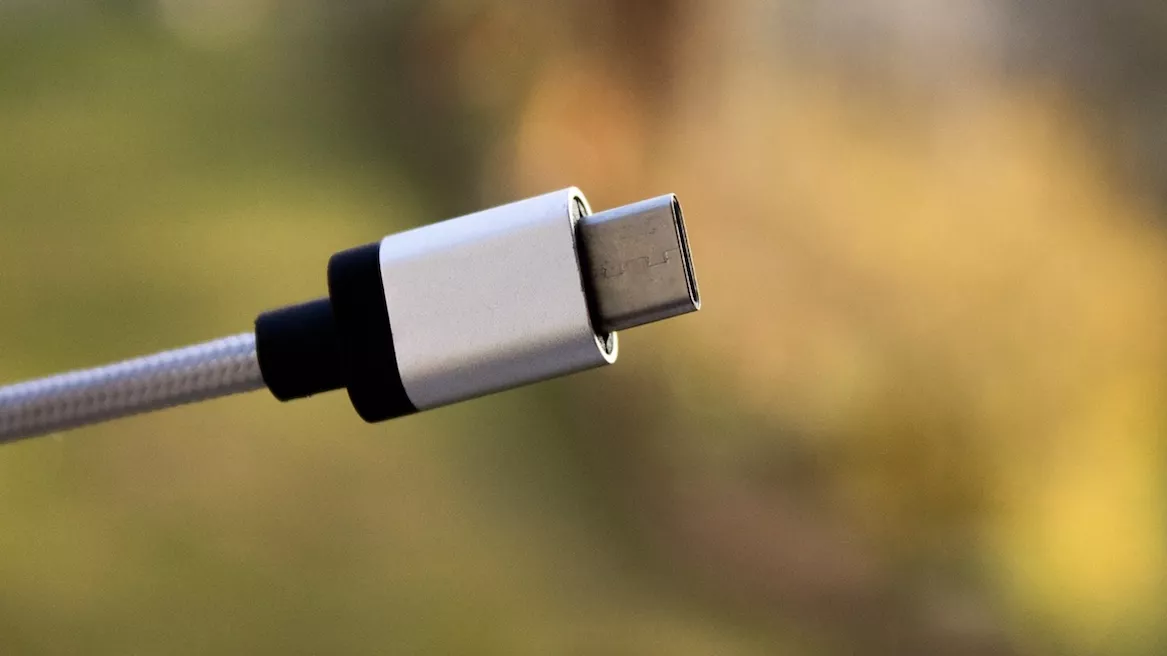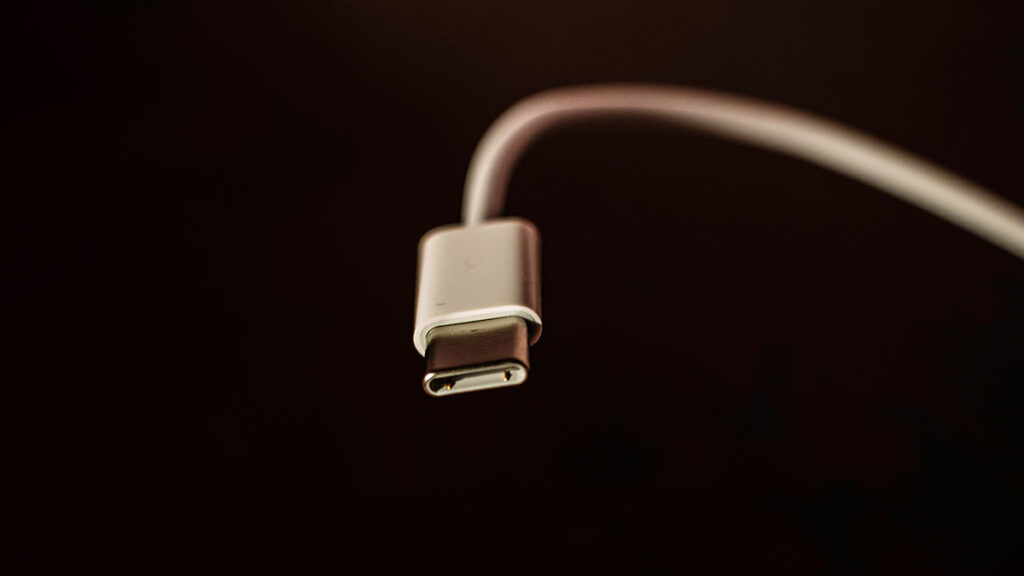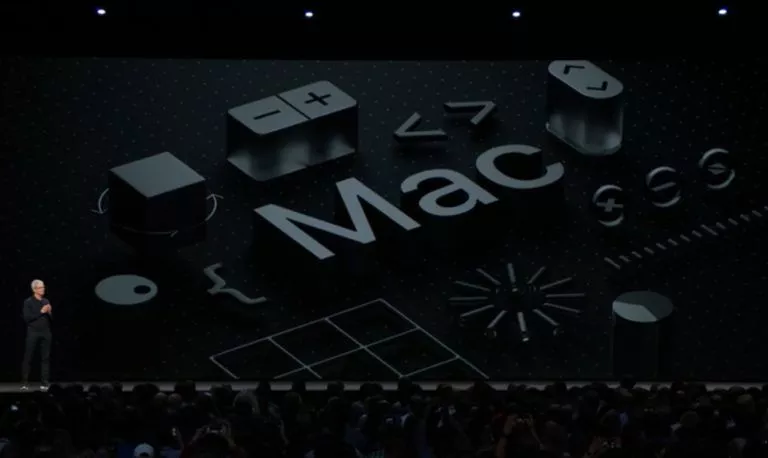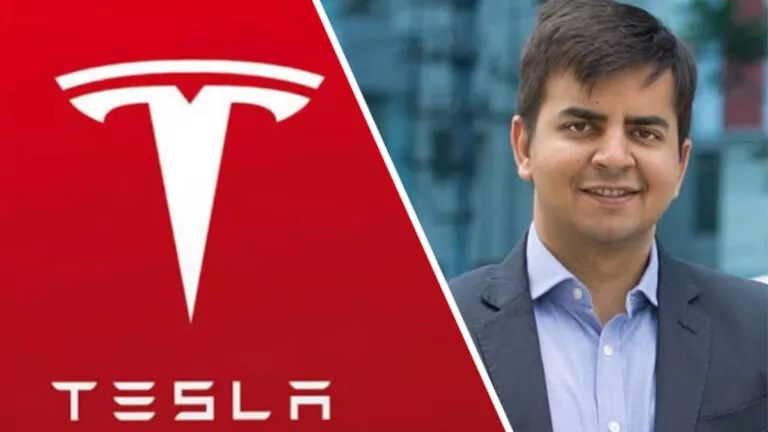EU Can Finally Force Apple To Include A Type-C Port On iPhones By 2024

The European Union has formally passed a new law that requires all wired-charging gadgets to have Type-C charging ports. The new standard requires smartphones, tablets, and cameras to have a USB Type-C port by 2024 and laptops will have to comply by 2026. The EU calls it “the provisional agreement on the amended Radio Equipment Directive.”
This means that Apple will also have to add a Type-C port to the iPhone by 2024. Other than the inclusion of a USB Type-C port, devices will also have to harmonize their charging speeds. This is being done to make all devices fast-charge-ready for all compatible chargers. Apple users could again benefit from this change as iPhones have a relatively slow 20W charging speed.
While this could mean future iPhone buyers won’t need a lightning cable, there are other devices as well that could benefit from Europe’s Type-C port mandate. The bill includes digital cameras, which often come with proprietary chargers. Additionally, entry-level DSLRs come with pop-out batteries, which need a separate casing to charge. EU’s latest bill changes all of this, making USB-C a standard for all.
Fast charging Type-C iPhone coming in 2024, and more

Many expected Apple to get rid of the lightning port in this year’s iPhone 14 lineup, but Apple instead killed the notch and replaced it with an interactive pill-shaped cut-out called the Dynamic Island. However, with the new EU bill, Apple will have to include a Type-C port on iPhones. The bill could also result in improved charging speeds as most other manufacturers offer faster charging compared to the iPhone’s measly 20W charge speed.
It could go another way with Apple, as the company has recently revived MagSafe on both the iPhone and the MacBook lineup. The company could also end up making a portless iPhone for 2024. According to the EU press release, users can “use one single charger for all of their small and medium-sized portable electronic devices.” These devices include phones, tablets, earbuds, e-readers, digital cameras, headphones, headsets, handheld gaming consoles, portable speakers, and laptops.
Many earbuds, even from big brands like Skullcandy, still use a micro-USB port for charging. The new EU laws could change it for users and get brands to make Type-C charging earbuds. This also applies to the Apple AirPods, iPad, and the next-gen AirPods Max.
The European Union consists of 27 countries, which makes this the single-largest law to make Type-C the standard charging port. However, not all EU countries are keen on adapting it. For instance, the U.K., the EU’s former member, has refused to mandate the Type-C standard for chargers for now. Outside the EU, India is also in talks about adapting a common charging status. The country has been coming up as a tech manufacturing hub lately, which could mean such decisions could be put on the fast track.






